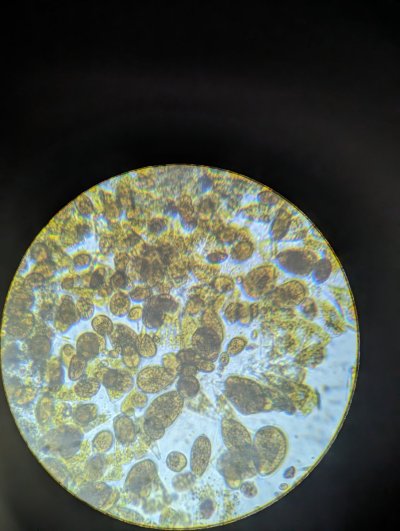Sorry I missed this post. Looks most like large cell amphidinium. Did they move around like slowish bumper cars? Or were they fast moving? @taricha may have a higher conviction ID for you.Like so many others, I have fallen into the many rounds of bottoming out followed by chemiclean and so on. Currently have a horrible outbreak of cyano that is proving very difficult to get rid of, in addition to the Dino’s.
Hoping to get an ID on my Dino’s, and any advice on how to attack the cyano at the same time. When manually removing the cyano are you filtering the water and returning it to the tank? Otherwise how are you keep from Bottoming out again. How eles can I battle it as I am losing corals and it just won’t go away.
Thanks for the help this has been a never ending battle and my wife is about ready to kill me for the amount of time I have been spending on the tank.
For cyano, yes I just filter them out into a sock. Try to solve for the dinos first. I find cyano to be a transitory condition that will settle out once the biome -- and the nutrient levels -- stay consistently in a range. For my systems, 100:1 seems to work as in NO3 10 and PO4 .1.


















